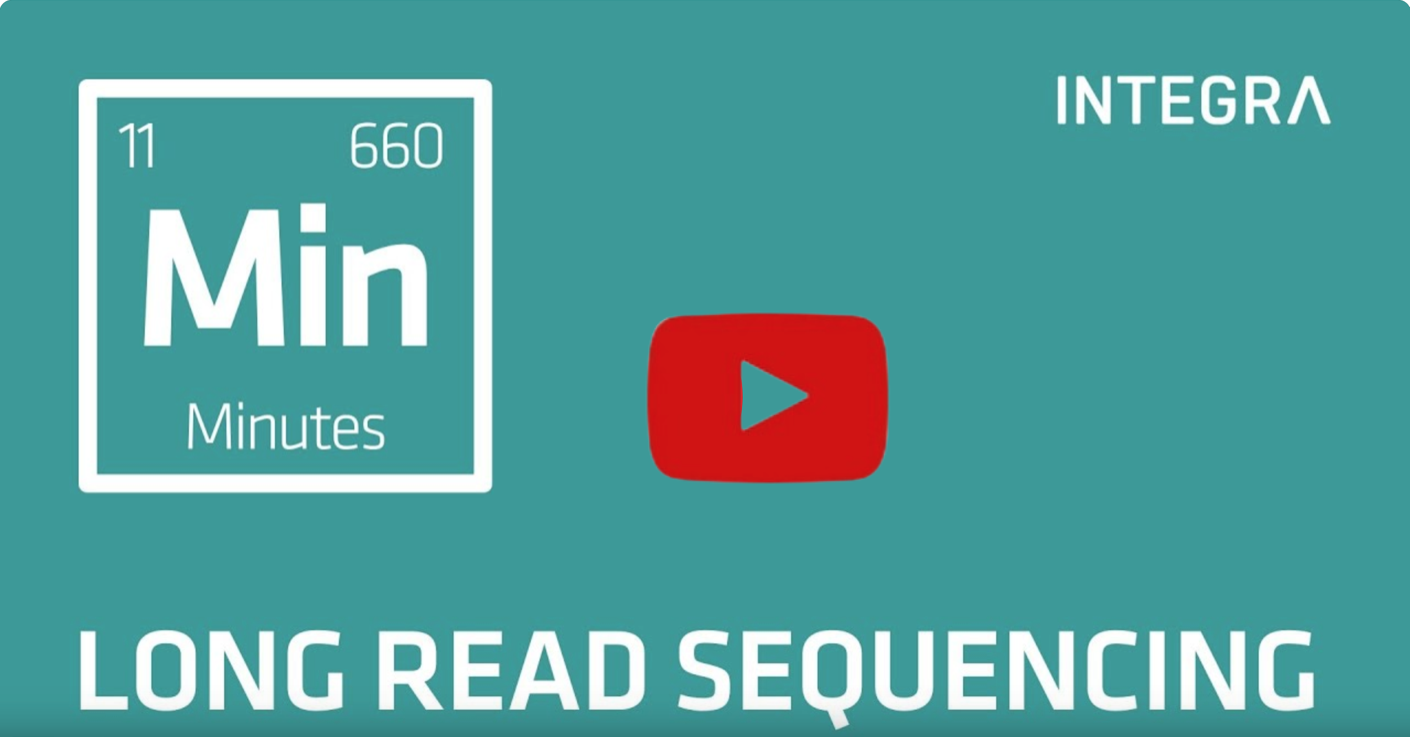Members Login

Channels
Special Offers & Promotions
Long read sequencing – PacBio and Oxford Nanopore sequencing explained in 11 minutes
This video presents an introduction to long read sequencing. We'll start by exploring the advantages and applications of long read sequencing. Next, we'll discuss PacBio and Oxford Nanopore, their sequencing technology, the instruments they offer, and how sequencing libraries are constructed.
What is long read sequencing & its advantages
The ideal whole genome sequencing method would aim to read every nucleotide along one human chromosome from start to finish. However, due to the limitations of the technology, current methods require the genome to be fragmented to manageable lengths, dividing NGS into two categories: short read and long read sequencing. Short reads tile next to each other as we match them to a reference genome. However, they may result in producing gaps and some missing information. In contrast, long read sequencing minimizes these gaps by increasing the likelihood of overlap between longer fragments. If we take the analogy of a puzzle, short read sequencing is like a 1,000 piece puzzle while long read sequencing is comparable to a children's 20 piece puzzle. Long reads offer a solution for labs dealing with complex genome rearrangements and various types of repetitive elements. Moreover, long read sequencing can provide immediate and complete information about the entire sequence of a pathogen.
Long read sequencing enables a wide array of applications
- comprehensive genome assembly
- precise detection of structural variants
- haplotype phasing
- epigenetic analysis
- transcriptome profiling
- metagenomic analysis
- population genomics
- clinical diagnostics
How PacBio sequencing works
PacBio sequencing reactions occur on the PacBio SMRT cell which is made of 24 million nanoholes named zero-mode waveguides. Each hole has a diameter of 100 nanometers and host only a single molecule of DNA. While a DNA polymerase is replicating this DNA molecule, the sequencer records fluorescent light emissions produced by the incorporation of phospholinked nucleotides
How Oxford Nanopore sequencing works
Oxford Nanopore sequencing uses nanopores on an electrically resistant membrane to sequence DNA. When a voltage is applied to the membrane, a current flows through the nanopore. When a DNA molecule passes through the pore, it interrupts this flow of current and the disruption pattern allows to determine its nucleotide sequence.
Recent news from INTEGRA Biosciences
Media Partners



